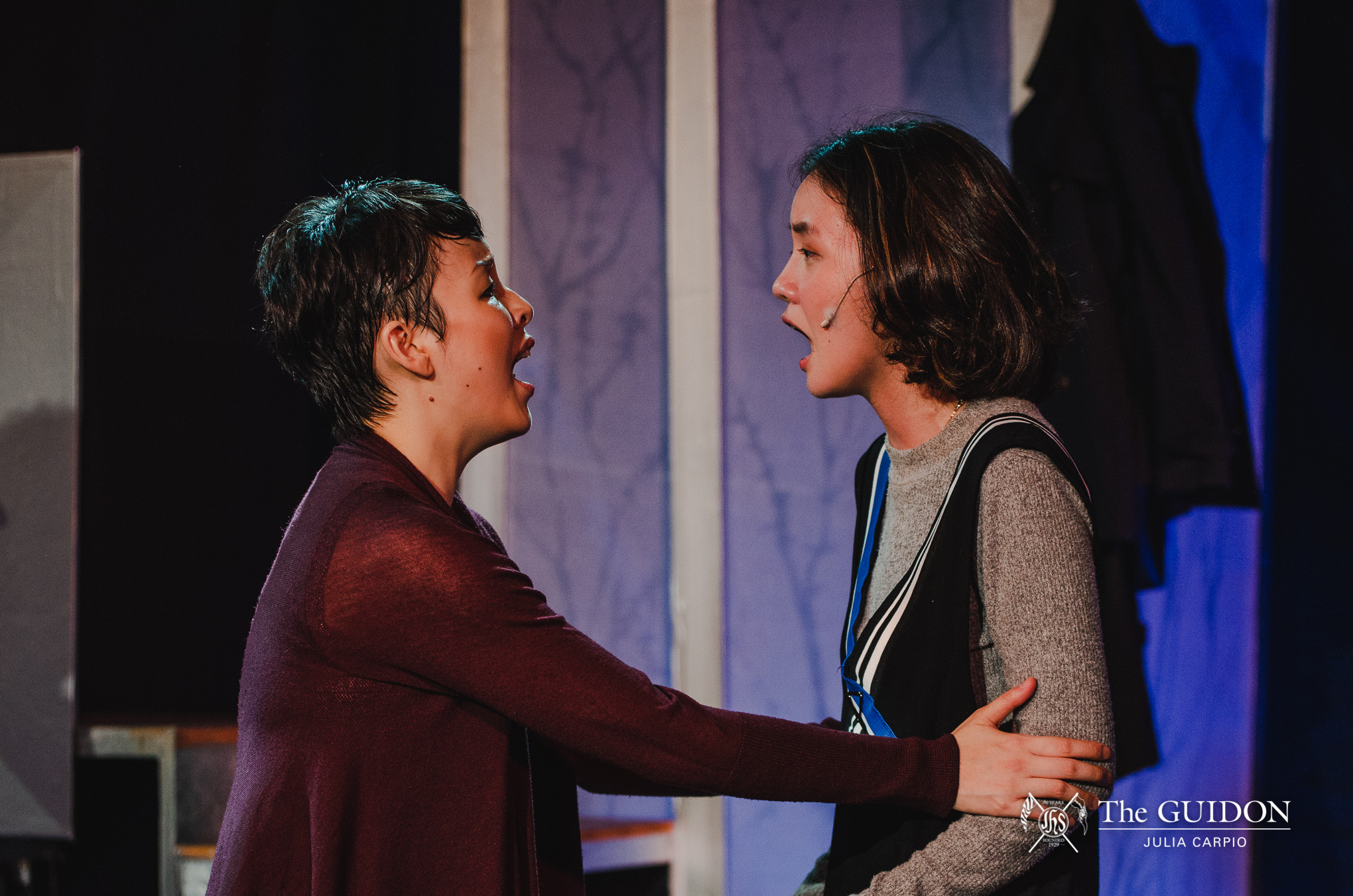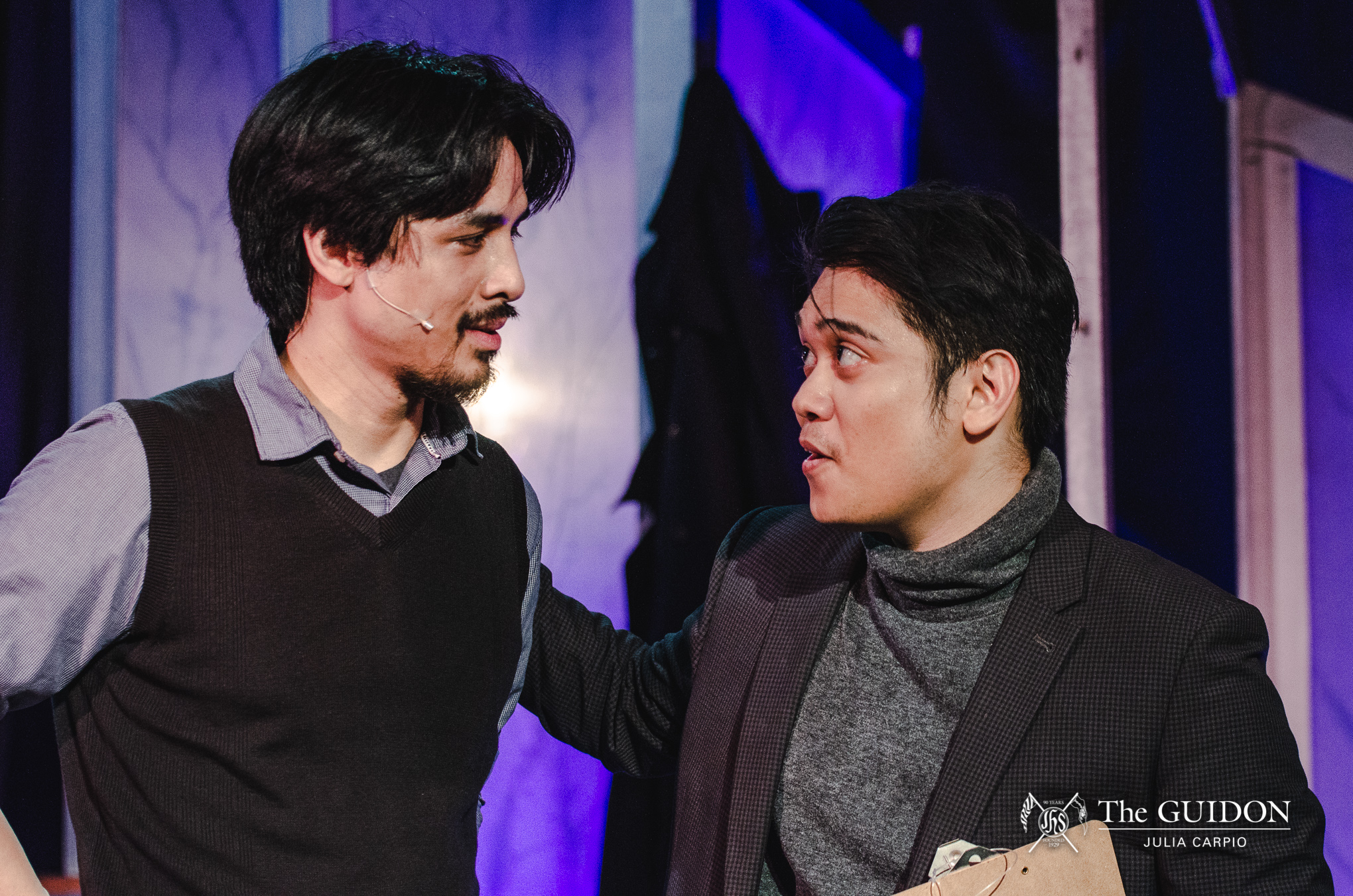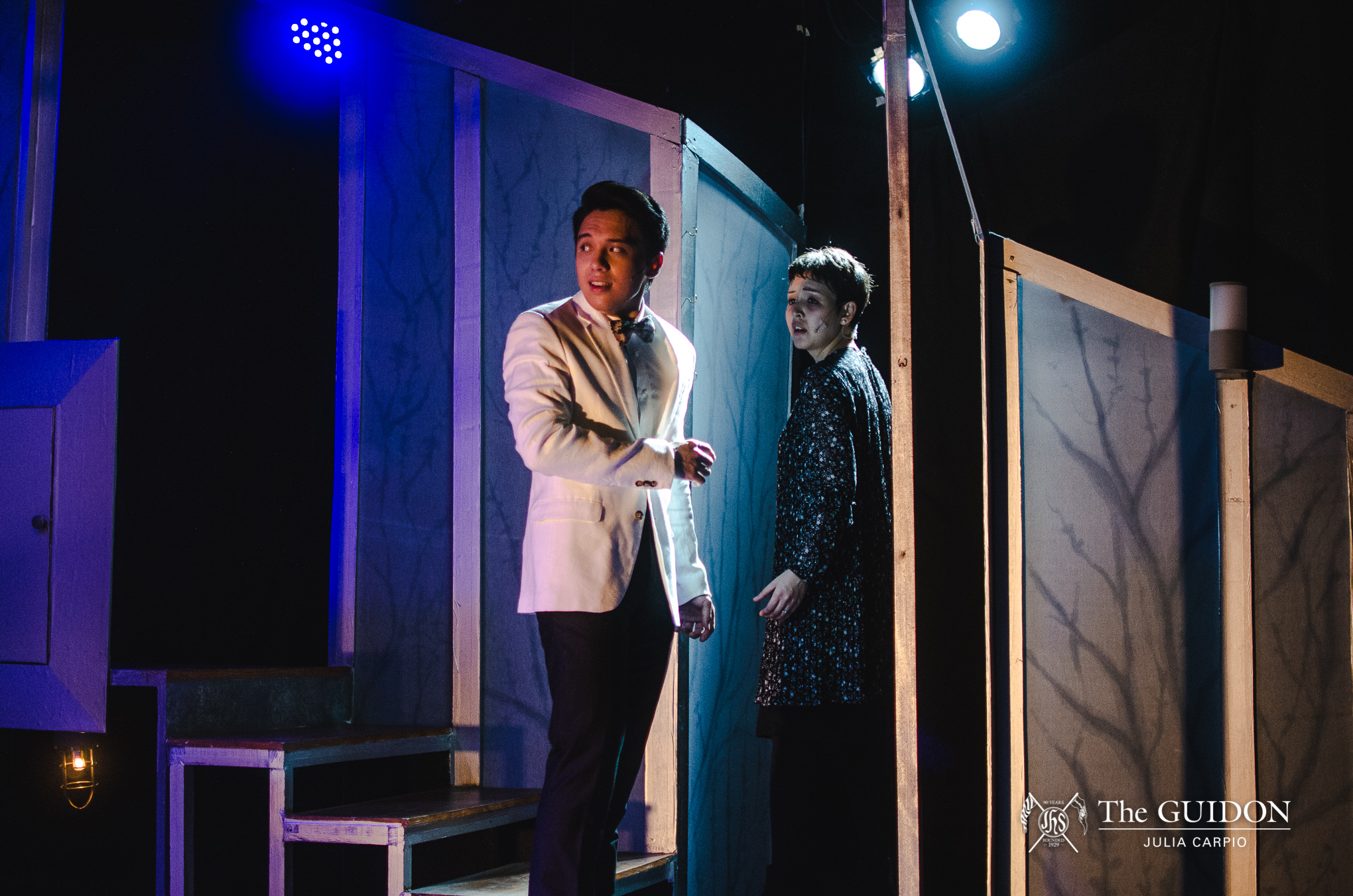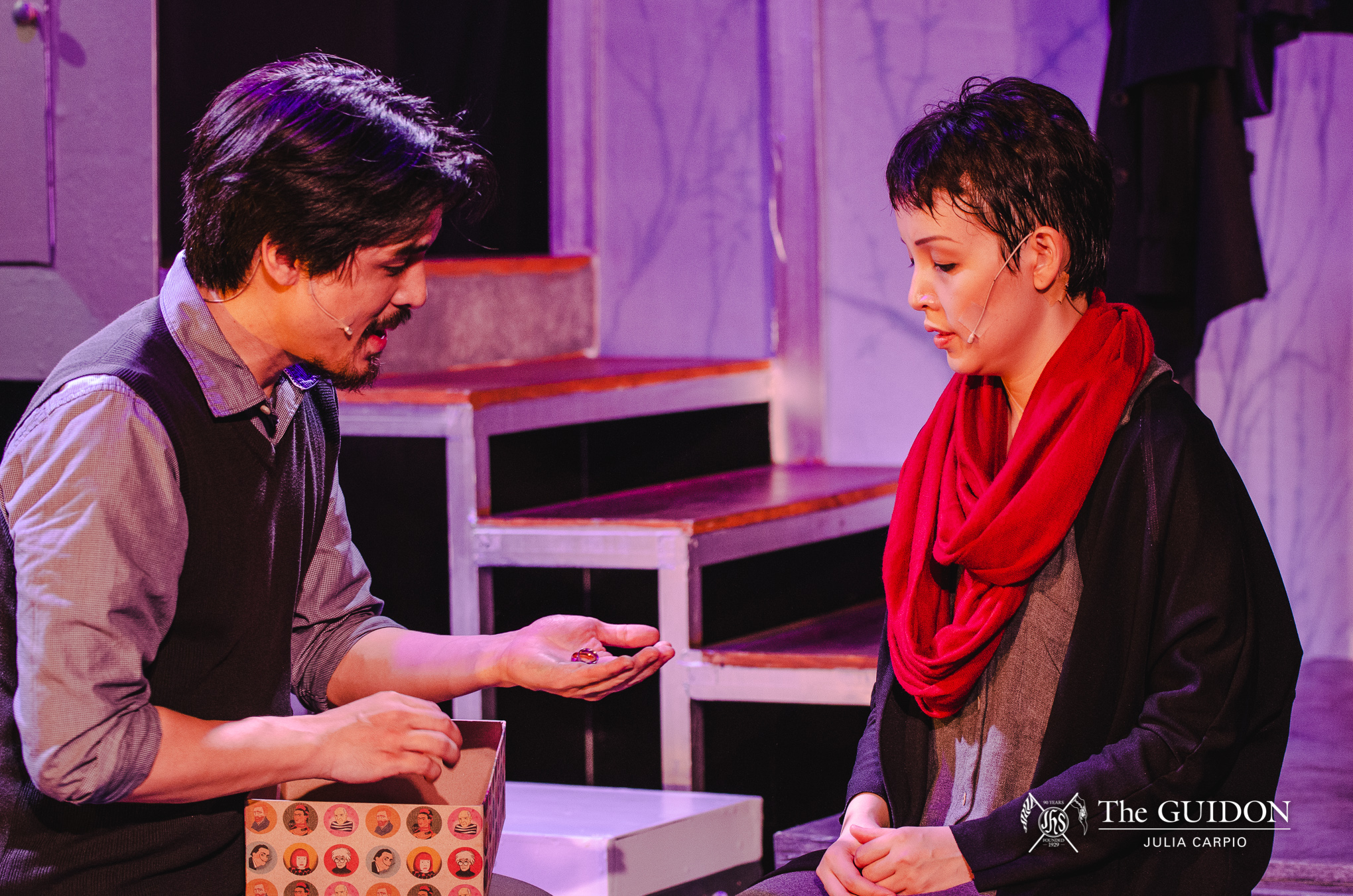There is a house in the suburbs, and there are four people living in it. “The perfect loving family, so adoring,” the matriarch of the family croons in their first number “Just Another Day.” The rest of the contemporary rock musical, however, takes much of its time in proving this premise wrong. With lessons on life and love to be unpacked even after the lights have gone down, Next to Normal is a stellar choice to cap off Ateneo Blue Repertory’s (blueREP) 28th season.
The price we pay to feel
From the original book, lyrics, and music of Brian Yorkey and Tom Kitt, blueREP’s adaptation of Next to Normal soars with Missy Maramara and Darrell Uy’s direction, as well as Beatrice José’s creative coordination. Ejay Yatco, the run’s musical director, should also be credited for the cast’s powerful voices and effortless blending. As the production masterfully navigates narratives of coping with grief and living with mental illness, success at such a tall endeavor must also be credited to the impeccable characterization of its cast.

Cris Villonco stars alongside Jef Flores as Diana and Dan Goodman respectively, assuming the role of the heads of the household. Meanwhile, Nikki Bengzon (alternate Jam Binay) takes on 16-year-old perfectionist Natalie with Tim Pavino (alternate Adrian Lindayag) as her dashing 18-year-old brother Gabe. In addition to the cast of the family, Carlos de Guzman (alternate Davy Narciso) captures the hopeless romanticism of his character Henry and Jobim Javier (alternate Jason Tan Liwag) nails the solemn, rockstar vibe of Doctor Madden/Doctor Fine.
Villonco and Pavino’s portrayal of their characters’ mother-son relationship is perhaps one of the most striking dynamics in the production. Flores, the patriarch of the family, only has his desperation highlighted by Villonco’s constant push and pull–giving audiences a glimpse of how sorrow manifests in different forms. The trio’s number “I Am the One” encapsulates their complicated relationships with one another, aptly followed by Bengzon’s heart-wrenching adaptation of “Superboy and Invisible Girl” to touch on how disconnected a daughter can be to the entirety of her family’s misery.

Overall, whether it’s a wisecrack duet between Bengzon and de Guzman or a powerful solo by Pavino, the stars of the show waste no time in making Next to Normal’s electric rhythms and harmonies their own. When it comes down to it, though–when the tunes are no longer frantic and when the lyrics remind us of how they struggle to cope–the cast’s emotional performances tug at all the heartstrings to bring the anguish home.
To bring to life
In the house in the suburbs, there is one light in the driveway that remains on—for the son who comes home late, for the father who can’t sleep. Production designer Tata Tuveria’s set works around this light and, simultaneously, ingeniously makes the most out of such an intimate space by using movable platforms to emulate furniture and room divisions. Franco Ramos’ choreography then becomes essential as characters actively move around the set, as they weave past each other, side-step and dance when necessary.

But Miyo Sta. Maria’s ingenious lighting design also adds more colors and textures for various degrees of urgency: From bathing the set in the musical’s signature purple to employing flashing strobes in the production’s more rock-and-roll songs. A particular number that exhibits Sta. Maria’s skillfulness with lighting would be Villonco and Pavino’s “I Dreamed a Dance,” where the room is pitch black except for an imitation of a music box’s gentle, dancing glow. It’s at this moment that Cholo Ledesma’s sound design shines as well. Here, the soft notes of a childhood lullaby serve as the backdrop of a mother-son waltz, effectively concretizing the sorrow that Next to Normal never shies away from.
What one finds, then, beyond the music and within the story, is far from assurance that the characters will immediately achieve the normalcy they so badly crave. Instead, Next to Normal ends on a tender note of perseverance and hope amid the unimaginable. “Close enough to normal to get by,” Bengzon sings towards the finale, in her number “Maybe (Next to Normal)” with Villonco.

We go back to the fixture in the suburban home—the unceasing one in their driveway—and its glowing promise to both the characters and audiences. The final song in the production (“Light”) brings the Goodman family together one last time, leaving only a hint of a silver lining to those who have witnessed their emotional turmoil: No matter how dark the road one gets lost on, there will always be light to guide you home.
Photos by Julia Carpio